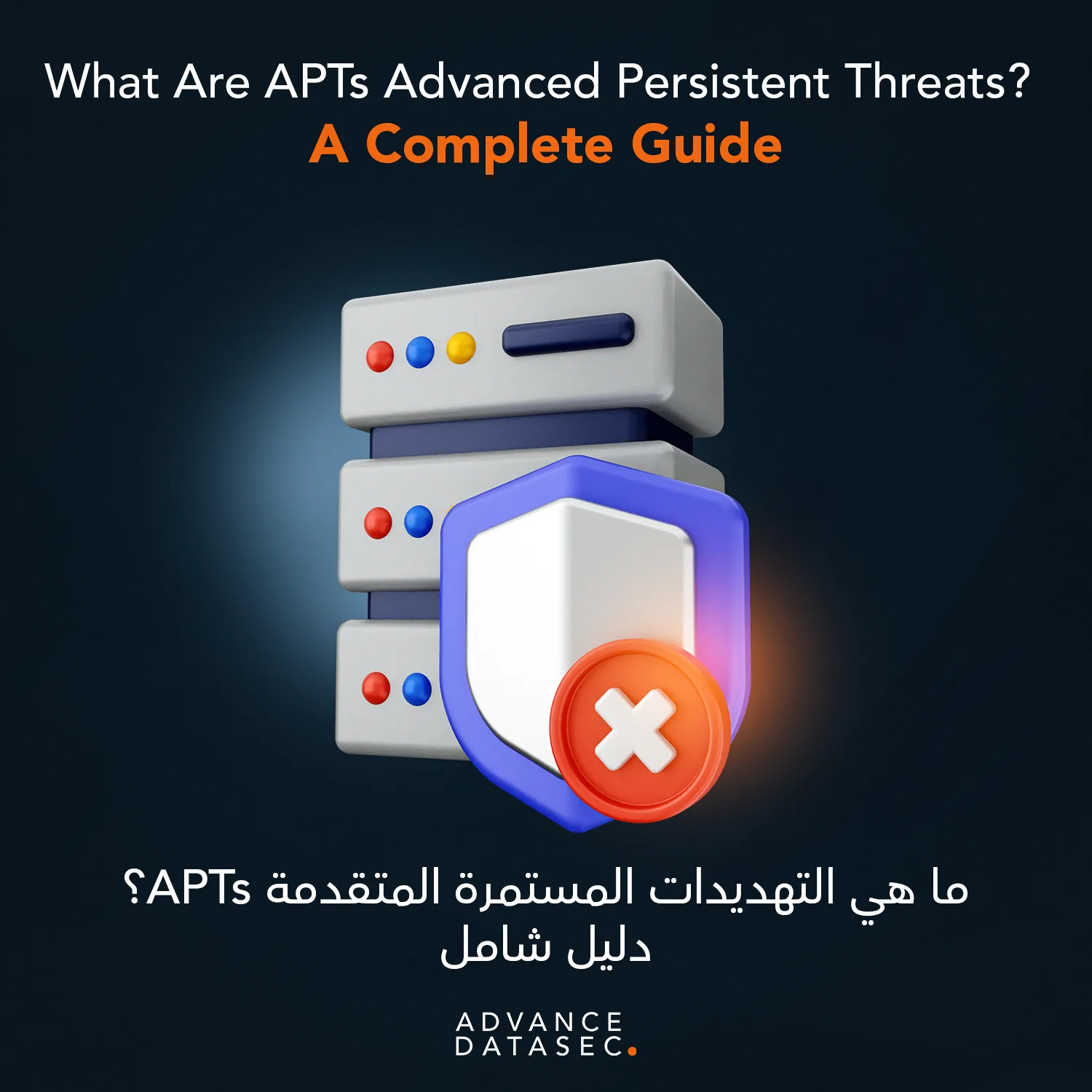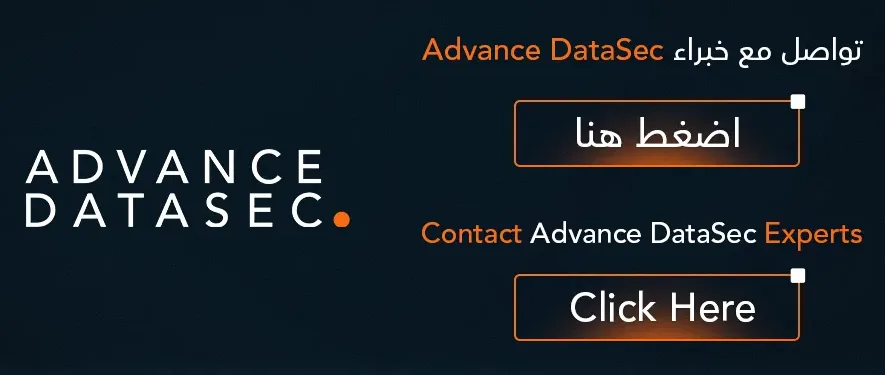In the complex and ever-evolving landscape of modern cybersecurity, a new and more sinister class of adversary has emerged, one that operates with patience, stealth, and a singular focus on achieving its objectives. These are the APTs advanced persistent threats—sophisticated, long-term attacks where an intruder establishes an undetected presence in a network to steal sensitive data over an extended period. Unlike smash-and-grab cyberattacks, APTs are not about quick financial gain; they are about methodical, strategic infiltration, and they represent one of the most significant and challenging threats to national security, corporate intellectual property, and critical infrastructure. This comprehensive guide will delve into the nature of APTs, their modus operandi, and the robust defenses required to counter them.
Defining the Anatomy of an APT
The term “advanced persistent threat” is a mouthful, but each word precisely describes the nature of these attacks:
- Advanced: APTs utilize a full spectrum of sophisticated techniques, including custom-developed malware, zero-day exploits (vulnerabilities unknown to the software vendor), and advanced social engineering tactics. These attackers are often state-sponsored or highly organized criminal groups with significant financial resources, technical expertise, and a clear strategic objective.
- Persistent: This is the most defining characteristic. Unlike a ransomware attack that demands immediate payment, an APT is a long-term campaign. The attackers seek to maintain a persistent presence within the target network. They will often create multiple entry points and backdoor access to ensure they can regain a foothold even if one is discovered and closed.
- Threat: APTs pose a grave threat because they are not just about disruption; they are about espionage and theft on a grand scale. The targets are typically high-value organizations—governments, defense contractors, financial institutions, and tech giants—that possess valuable intellectual property, confidential government data, or strategic information. The goal is to exfiltrate this data slowly and over time without arousing suspicion.
The Phases of an APT Attack
An APTs advanced persistent threats attack is not a single event but a multi-stage campaign. Understanding these phases is crucial for detection and mitigation.
- Initial Compromise (Infiltration): This is the entry phase. Attackers often use highly targeted phishing emails (spear-phishing) containing a malicious link or attachment that, when clicked, installs a backdoor or trojan. They may also exploit unpatched vulnerabilities in public-facing applications or use brute-force attacks to gain initial access.
- Foothold and Escalation: Once inside, the attackers don’t immediately start stealing data. Their primary goal is to establish a stable and persistent presence. They will deploy backdoors, create new user accounts, and use techniques like privilege escalation to gain higher-level administrative rights. They also begin mapping the network to understand its layout and identify high-value targets.
- Lateral Movement: With a solid foothold, the attackers move laterally across the network, hopping from one machine to another. They might use stolen credentials or exploit trust relationships between systems to move deeper into the network, often using legitimate tools already present in the network to evade detection. This stage is about finding the “crown jewels”—the specific data they are after.
- Collection and Staging: Once the target data is located, the attackers begin collecting and consolidating it. They may compress, encrypt, or package the data to prepare it for exfiltration. The data is often moved to a staging server within the compromised network, a temporary holding area that makes it easier to transfer out later.
- Exfiltration: This is the final stage where the attackers slowly and stealthily transfer the stolen data from the staging server out of the network. They use a variety of techniques to avoid detection, such as tunneling data through legitimate network traffic, using multiple small data packets, or transferring data during off-peak hours.
The Challenge of Detecting APTs advanced persistent threats
The very nature of APTs makes them notoriously difficult to detect using traditional security tools. Unlike viruses or ransomware, which are noisy and disruptive, an APT is designed to be quiet. They bypass simple signature-based firewalls and antivirus software because they often use custom malware or, more cunningly, leverage legitimate tools already in the network. Detecting APTs advanced persistent threats requires a shift from a reactive to a proactive security posture.
Proactive Defenses Against APTs
Combating APTs requires a sophisticated, multi-layered cybersecurity strategy that combines technology, people, and processes.
- Robust Defensive Security: A strong defensive security posture is the first line of defense. This includes implementing a Web Application Firewall (WAF), Endpoint Detection and Response (EDR) solutions, and a SIEM (Security Information and Event Management) system. EDR solutions are particularly critical as they monitor endpoints for suspicious behavior, rather than just known malware signatures, making them effective at catching the subtle actions of an APT.
- Threat Intelligence and Hunting: Since APTs are designed to be stealthy, organizations must actively hunt for them. Threat hunting involves proactively searching through networks, systems, and data for signs of an attacker that have slipped past traditional defenses. This requires a deep understanding of attacker tactics, techniques, and procedures (TTPs).
- Network Segmentation: By dividing a network into smaller, isolated segments, an organization can contain the spread of an APT. If an attacker gains a foothold in one segment, they cannot easily move laterally to other, more sensitive parts of the network.
- Behavioral Monitoring: Instead of just looking for known bad signatures, security teams must monitor network and user behavior for anomalies. For instance, a finance employee suddenly accessing files on a server that they’ve never accessed before could be a sign of an APT in the lateral movement phase.
- Employee Training and Awareness: The initial compromise of most APTs advanced persistent threats attacks begins with a human element. Regular, engaging training on how to spot phishing emails and the importance of strong security practices is a critical and cost-effective defense.
The Role of Managed Security Services
For many organizations, particularly those without the internal resources to maintain a dedicated security operations center, partnering with a specialized cybersecurity firm is the most effective solution. Companies like Advance Datasec, with their focus on Offensive and Defensive Security, can provide the expertise and technology required to protect against these highly sophisticated attacks. They can offer 24/7 monitoring, incident response, and continuous threat hunting, giving businesses the peace of mind that comes from having a dedicated team of experts guarding their digital assets.
Conclusion: Staying Ahead of the Threat
APTs advanced persistent threats are a testament to the ingenuity and determination of today’s cyber adversaries. They are patient, methodical, and incredibly difficult to detect. Fighting them requires a proactive mindset, a layered defense strategy, and a commitment to continuous vigilance. By combining advanced technology, expert human analysis, and robust internal policies, organizations can build the resilience needed to defend against these insidious attacks. Don’t wait until you’ve been compromised to act; take steps today to strengthen your defenses and protect your most valuable assets.
Ready to Fortify Your Defenses?
Protecting your business from sophisticated threats like APTs requires expertise and cutting-edge technology. Learn how Advance Datasec’s comprehensive cybersecurity services can safeguard your organization and build a resilient digital infrastructure. Contact us today for a consultation and secure your future.
For more articles:



